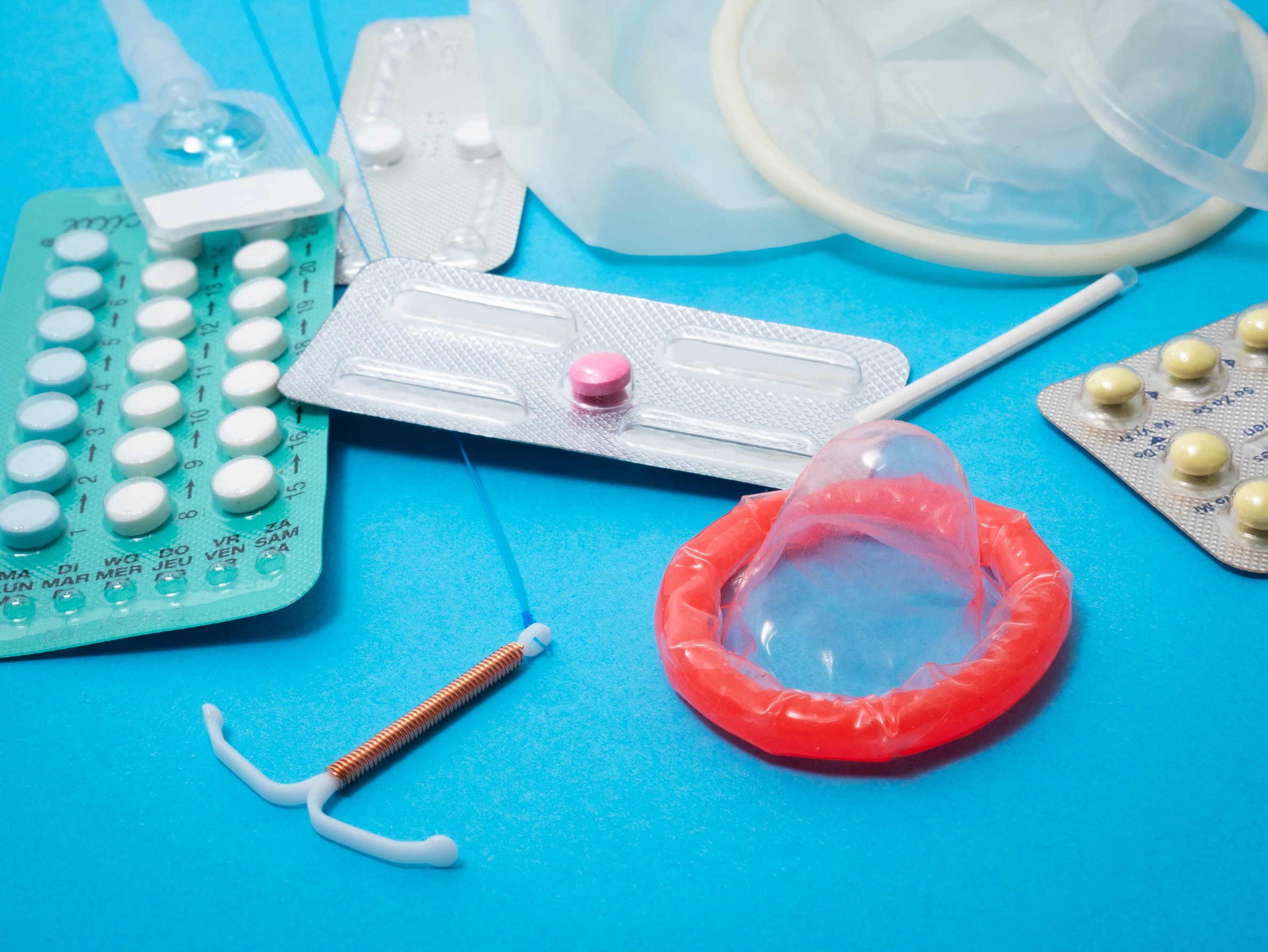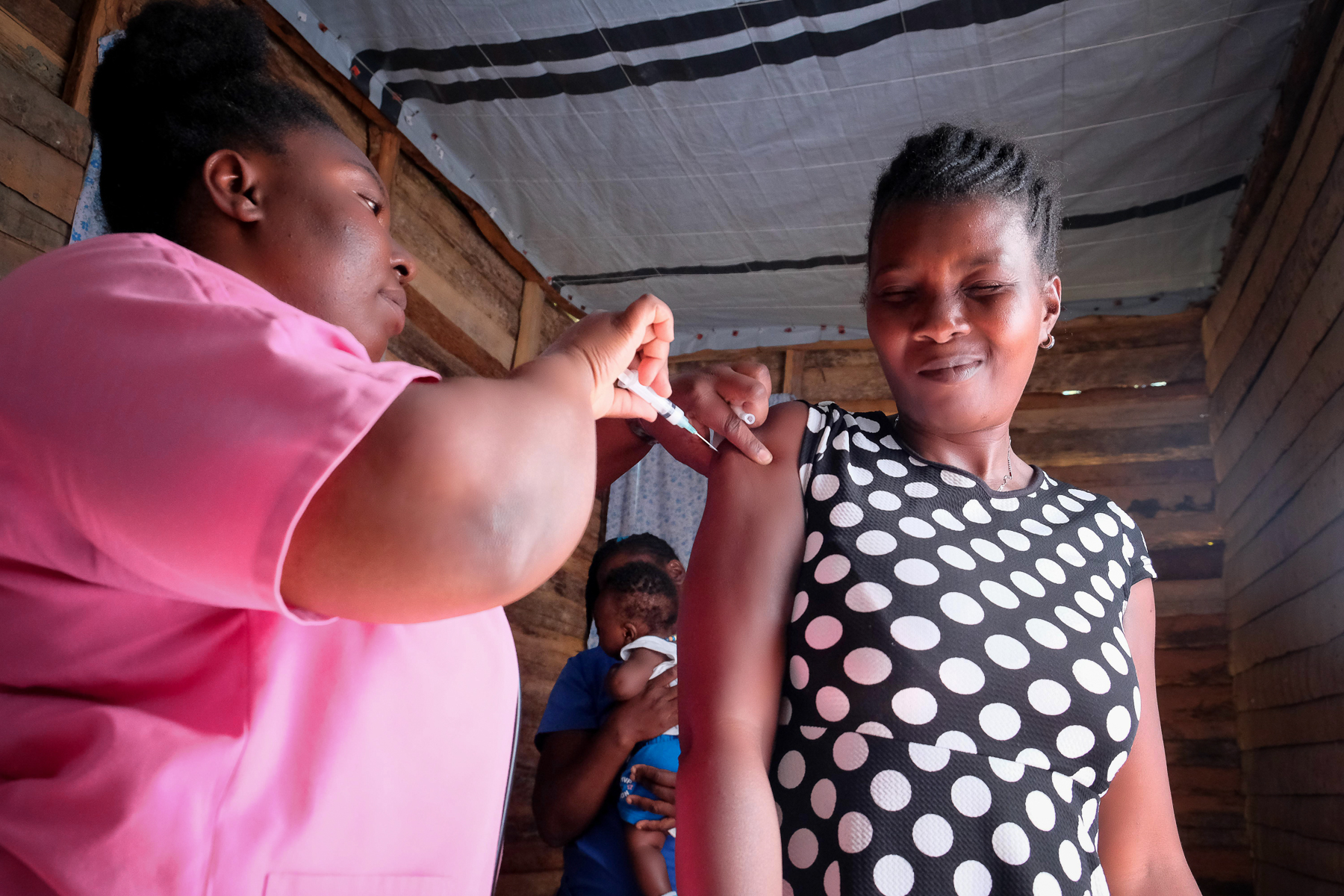In October 2019, the Advocacy & Accountability Working Group of the Reproductive Health Supplies Coalition (RHSC) published “It’s About Supplies: A 4-Point Plan for Universal Access to Contraceptives.” Released in the lead-up to the ICPD+25 Summit in Nairobi, the document is a call to action for all who work in reproductive health—and development more broadly—to take the necessary steps to ensure that women and girls can access the contraceptive supplies they need.
This post breaks down the 4-point plan and talks about how you can use the plan to improve your advocacy, policy, and supply chain programs. This information will be helpful, regardless of whether you are an advocate, a religious leader, a member of civil society, a private-sector representative, a policy maker, a donor, or a program implementer.
Background
- Unmet need for contraception persists. An estimated 214 million women in low- and middle-income countries want to avoid pregnancy but are not using a modern method of contraception. To meet this demand—or “unmet need”—women and girls must have access to the necessary supplies.
- Family planning is a smart investment. Supporting family planning is one of the best ways for countries to achieve the Sustainable Development Goals (SDGs). Every $1 spent on meeting unmet need for family planning yields an estimated $120 in health and economic benefits (Source: FP2020).
- Supplies are not always accessible. Even when governments support family planning, a number of barriers can prevent access. For example, women and girls often reach health facilities to find that their preferred method isn’t available, or it may be priced too high for them to afford. Too often, contraceptive supplies are available at the central level but don’t make it to the hands of clients, particularly those in remote areas.
- We can work together toward a solution. To address the barriers that prevent women and girls from exercising their right to contraception, we can follow the 4-point plan for universal access to contraceptives.

What are the Four Points?
1. Close the contraceptive funding gap.
As the number of women wanting to use contraception increases, funding for supplies also needs to increase. But at present, it is not growing fast enough: The RHSC predicts that the annual funding gap worldwide could reach $266 million in 2025. But a solution is feasible: Only about $9 per person, per year could fully meet women’s contraceptive needs (Source: Lancet-Guttmacher commission).
“Funding gap” refers to the difference between the amount spent on contraception and the amount that should be spent to answer the need for contraceptive supplies.
Point 1 includes specific “asks” for the following groups:
- National governments – increase contraceptive funding annually and make sure this funding is used as intended
- Donors – work with governments to help them transition from donor funding to domestic funding
- The private sector – offer discounted pricing to women in low- and middle-income countries
2. Ensure modern contraceptives form an integral part of the basic packages included in Universal Health Coverage reforms.
As part of the SDGs adopted in 2015, all United Nations Member States committed to advancing universal health coverage (UHC). The majority of spending on contraceptive supplies in low- and middle-income countries is out-of-pocket–meaning that the patient pays directly for the product rather than having it subsidized by an organization or government program, or reimbursed by their insurance. As a result, many women simply cannot afford the contraceptives they need.
Universal Health Coverage means that all individuals and communities can access a range of high-quality, affordable health services. It does not necessarily mean that all services and supplies will be free—but that they will not cause financial hardship (Source: WHO).
Point 2 includes specific “asks” for the following groups:
- National governments – include a wide range of contraceptive supplies and services within UHC packages
- All UHC stakeholders (including political leaders, health care providers, patients, and civil society) – recognize and meet the need for affordable contraceptive supplies for those who need it the most (including those living in poverty, young people, people living in rural areas, refugees and displaced people, and other marginalized communities)

3. Strengthen global and in-country supply chains and improve policy environments for supply distribution.
When it comes to contraception, there is no such thing as “one-size-fits-all.” Women and girls must have access to a full range of methods in order to meet their needs and preferences. But contraceptive choice does not exist (or is very limited) in many low- and middle-income settings. A full range of supplies—including condoms, intrauterine devices (IUDs), injectables, pills, implants, and emergency contraception—must reach everyone who needs them. To ensure that contraceptive supplies are available and accessible, global and national supply chains need to be strengthened. This means coordination at different levels (global, national, and local) to ensure that contraceptive supplies reliably and predictably reach the women and girls who need them.
Supply chain is “the system for obtaining adequate quantities of contraceptives and other reproductive health supplies and for delivering them to service delivery points” (Source: MEASURE Evaluation).
Point 3 includes specific “asks” for the following groups:
- Governments, donors, the private sector, civil society, and all other stakeholders – work together to address contraceptive commodity stockouts and disruptions in the supply chain
- National and sub-national policy makers – improve supply chains and reduce/resolve stockouts, through supportive policies and protocols
- All partners – support national governments as they strengthen contraceptive commodity supply chains
4. Build supply chain resilience during emergency preparedness, response, and recovery to ensure the availability and quality of supplies to people affected by crises.
Women and girls in crisis settings face an increased risk of maternal mortality and morbidity, unintended pregnancy, and sexual violence. It is important to ensure uninterrupted access to health care, including contraception, in these settings. Access to contraceptive supplies in emergencies is critical, and supply chain resilience is important as we strive toward universal access to reproductive health care.
Supply chain resilience is the ability of the system involved in the supply chain to prepare for unexpected risks and to respond and recover quickly so supplies are delivered to users in a timely fashion.
Point 4 includes specific “asks” for the following groups:
- Governments, donors, and partners in the humanitarian and development communities – unite together to build resilient supply chains that anticipate contraceptive needs in emergencies and withstand crises when they occur
- Governments in crisis settings – begin preparing before an emergency strikes, including setting up policies and mechanism to help with contraceptive distribution if or when these events occur
Looking ahead
Lack of access to contraceptive supplies can have catastrophic consequences for women and girls looking to prevent or delay pregnancy. No matter where you sit in family planning programming, we hope you can see the role you play in helping to improve access to contraceptive supplies and will specifically consider these four points to guide you. We can all work together to prioritize the above actions to ensure that women and girls can access the supplies they need.
Want to learn more about this topic? Further reading:
The Reproductive Health Supplies Coalition is a global partnership of public, private, and non-governmental organizations dedicated to ensuring that all people in low- and middle-income countries can access and use affordable, high-quality supplies to ensure their better reproductive health. The Coalition brings together diverse agencies and groups with critical roles in providing contraceptives and other reproductive health supplies. These include multilateral and bilateral organizations, private foundations, governments, civil society, and private-sector representatives.
The Advocacy and Accountability Working Group (A&AWG) links global and country-level advocacy, in the areas of policy, finance, and programs, to create an environment favorable for scaling up equitable access to a wide range of affordable and high-quality reproductive health commodities. For more information and to join the working group, click here.






